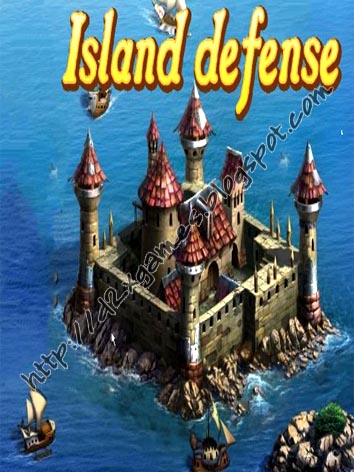

In command of his own army, Greene practiced what he preached in a superbly effective and skilled example of a Fabian campaign throughout 17.īritish General Lord Charles Cornwallis chased after Greene through most of the early months of 1781 in a failed effort to capture the rapidly retreating American army. As early as September 1776, Greene had been prodding Washington to follow the ancient Roman’s example against the British. In the fall of 1781, Washington finally gained his long-awaited opportunity to fight a pitched battle against the British at Yorktown, Virginia.Īs the main British effort at pacification shifted south in 1780, Washington dispatched to General Greene to take command of the southern department.

Nonetheless, Washington never completely surrendered his desire to defeat the British in a conventional battle.

By attacking the perimeter of the British at Germantown, Pennsylvania, later in 1777, and the rear of their army at Monmouth, New Jersey, in 1778, as it marched to New York City, Washington followed a more Fabian course. While this might been a deviation from the Fabian example by engaging his entire army in one battle, Washington hedged his bet by planning an escape route in order to quickly withdraw his force. Īt Brandywine, Washington confronted the British main force as Howe advanced towards the capital at Philadelphia. At the darkest hour, Washington delivered a much-needed victory following Fabius’s example. While the military consequences of such raids were minimal, the impact on both American and British morale was significant. Following a classic Fabian tactic, Washington daringly attacked the Hessian outposts. To extend his garrisons in their winter quarters, Howe distributed his forces, including the Hessians at Trenton and Princeton, New Jersey, over a wide area. By adopting a defensive posture and recognizing the necessity of his army’s survival to the nation, Washington had taken an important step down the Fabian path. Washington’s army had become the embodiment of the revolutionary cause. In September, 1776, Washington explained his shift to a defensive strategy to John Hancock as he retreated into Pennsylvania, just out of reach of the pursuing British forces. Fortunately for the patriot cause, Howe did not press his advantage, giving time for the beleaguered Americans to escape.įollowing the advice of General Nathanael Greene, Washington reconsidered his approach after this nearly fatal defeat. At the Battle of Long Island, Howe outflanked Washington, who, without proper cavalry and engineers to survey the terrain, fought at a terrible disadvantage. The Americans, however, were too poorly prepared and organized to successfully defeat the King's highly trained, regular forces in a pitched battle. After driving General William Howe’s redcoats out of Boston, Washington marched his force to New York City in anticipation of the next British move, hoping to vanquish the British in a traditional field battle. Early successes at Fort Ticonderoga and Boston in 1776 bred overconfidence in the commander-in-chief and his amateur army. Moreover, the hit-and-run tactics of Fabius were similar to those used by Native Americans in the seventeenth century, and were commonly employed by American militia during the French and Indian War.ĭuring the War of Independence, like most generals, Washington aspired to follow Hannibal’s example and win a decisive victory over the British in one grand battle. Under Fabius, the Romans attacked Hannibal's tenuous supply lines and isolated outposts, captured patrols and forage parties, avoided pitched battles, and ultimately forced a desperate Hannibal to attack fortified cities in a failed attempt to conquer a port.Īlthough he lacked a formal military education, General George Washington was familiar with Fabius’s example, which he referred to as a “war of posts,” from the works of classical historians Livy, Plutarch, and Polybius. Roman commander Fabius Maximus provided an alternative path to victory, a war of attrition to wear down an invading or occupying force. Hannibal delivered a decisive victory by annihilating the entire Roman army at the Battle of Cannae. Carthaginian general Hannibal’s invasion of Italy during the Second Punic War (218-201 BCE) provided posterity with two alternative examples of effective military strategy.


 0 kommentar(er)
0 kommentar(er)
